Frozen Avocado Exports
Avocado is a fruit with an impressive number of nutritional benefits and, in turn, with an incredible flavor that can complement meals, salads, desserts and even smoothies. These are some factors that have generated a huge growth in the consumption of this in the world, and even in eastern regions.
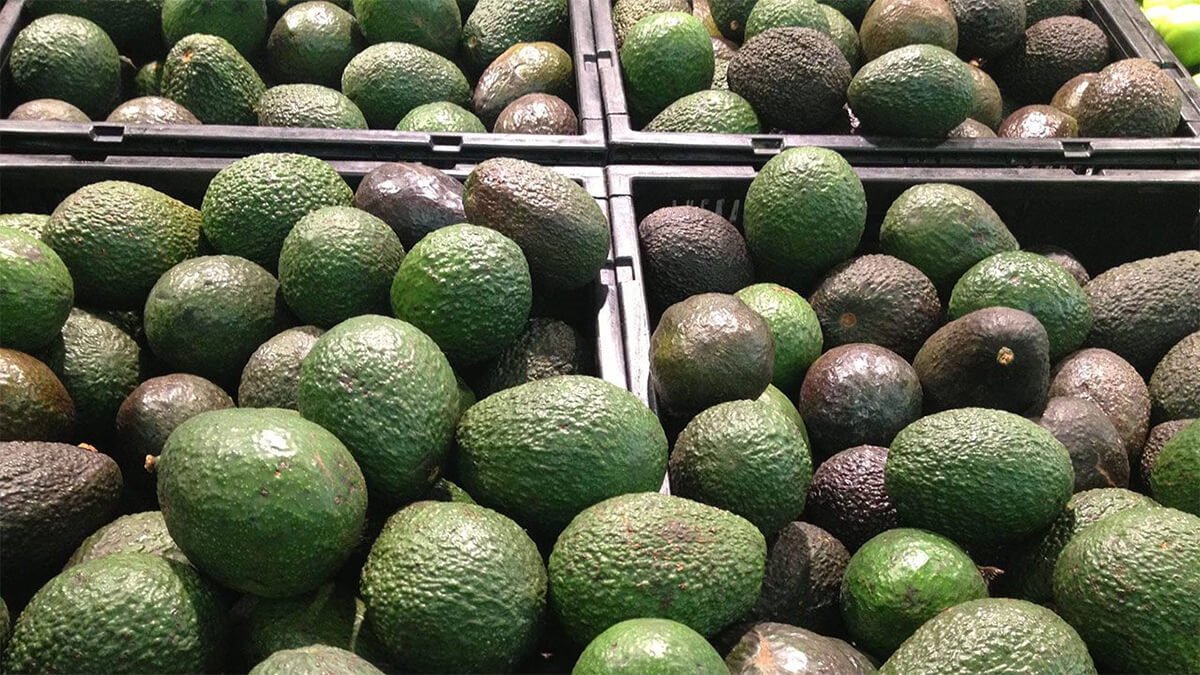
Therefore, we are going to see some data on frozen avocado exports in the world and the benefits of doing it this way since, like all good things, avocado has its disadvantages and complicated logistics, handling, and rapid ripening. which generates high waste.
Avocado is a stone fruit with a creamy texture and incredibly high in healthy fats. It is very nutritious, containing proteins, fiber, vitamins A, B1, B2, B3, B5, B6, C, K and E, high amounts of potassium, twice as much as bananas, and very significant amounts of magnesium, manganese, copper, iron, zinc, and phosphorus.
Avocado is a food rich in fat, since 77% of the calories it contains come from this substance, being, therefore, one of the fattiest plant foods. But the fat in avocado is oleic acid, a monounsaturated fatty acid that is responsible for great health benefits. It has high antioxidant content, which includes the carotenoids lutein and zeaxanthin, which are necessary for eye health.
It helps us take care of our health and prevent diseases. Thus, it allows us to keep our skin healthy, protects the health of the liver avoiding liver ailments, reduces the risk of cardiovascular diseases, helps to keep cholesterol levels stable, facilitates proper digestion and weight control. All this nutritional abundance makes avocado an extraordinary superfood.
Avocado and its varieties
To understand more about this fruit, it is necessary to understand that there are many varieties with their special characteristics that we are going to detail.
Hass avocado
Pear shaped dark green on trees, turning purple to black when ripe. The skin is medium to thick, with a rough texture. Small to medium size (140-400 gr.). The seed size is medium with a pulp utilization of 66-70%. The pulp is of excellent quality with a rich nutty flavor. It is the most important variety worldwide.
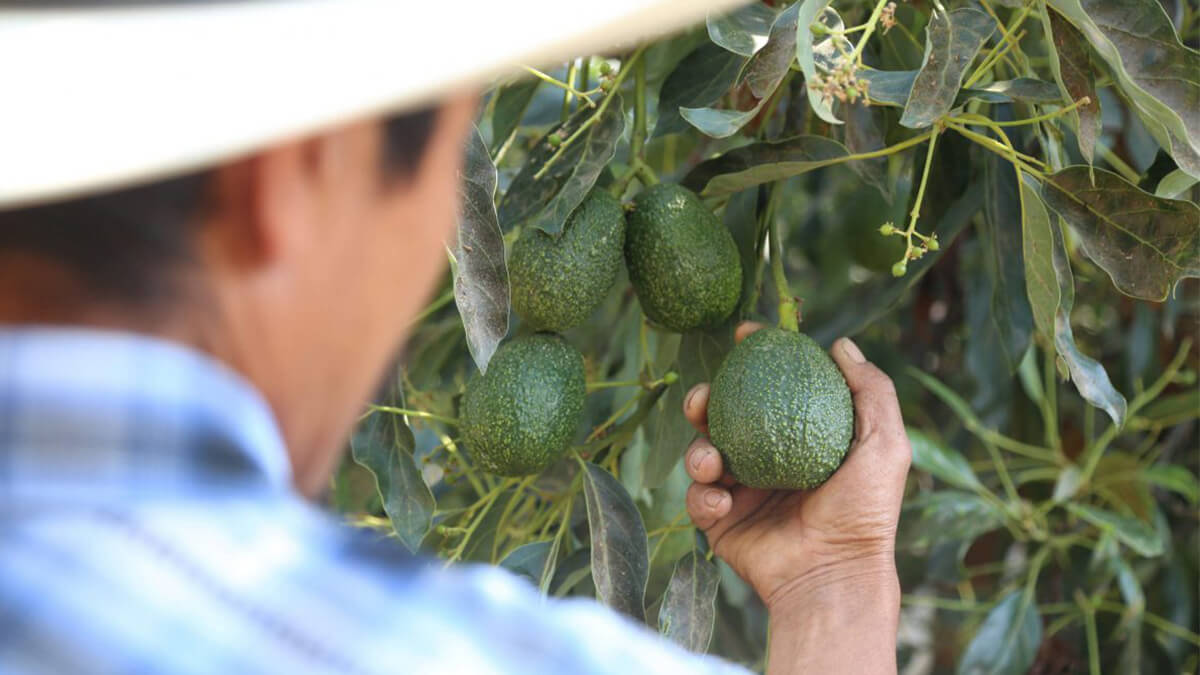
Lamb Hass avocado
Variety recently introduced in Spain. The fruit is very similar to Hass, although with broader shoulders, turning its skin color to black when ripe. Larger than Hass and later harvest (May-July). The production of this variety is higher and the tree more tolerant to winds, high temperatures and crystalline mite than Hass.
Pinkerton avocado
Pear-shaped fruit with a very elongated neck in temperate climates. The skin is medium thick, like Hass, of a dark green color, with protruding granules and easy to peel. Medium size (230-425 gr.). The seed is relatively small, allowing 82% of the pulp to be used. Its pulp has a good quality with a nutty flavor.
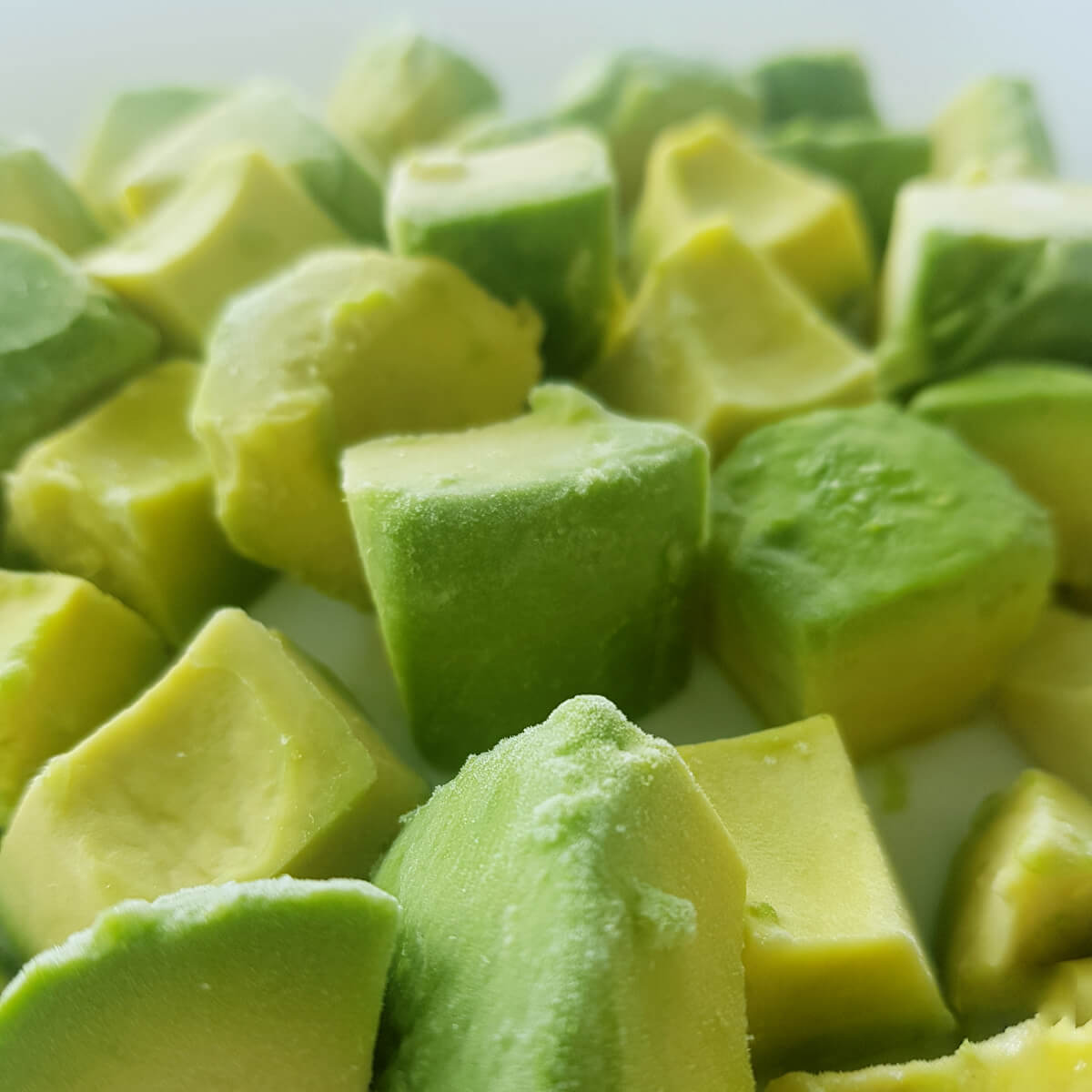
Reed avocado
Round fruit with medium to thick skin, green, corky, slightly grainy and easy to peel. Medium to large size (270-680 gr.). The seed is medium to large with a pulp utilization of 71-72%. Its flavor is rich and reminiscent of walnut, and does not blacken after cutting. This variety reaches high productions.
Strong Avocado
Fruit of a pear-shaped shape with a characteristic neck, although it can vary from elongated with a long and narrow neck, to round, with a wide and short neck. Its skin is thin, green, moderately shiny, with a flexible texture and a somewhat grainy surface. Medium to large size (170-500 gr.). The seed is of medium size with a pulp utilization of 75-77%. The pulp is of excellent quality, tasty and leaves a pleasant nutty flavor.
Zutano avocado
Ovate to pear-shaped fruit with thin, light green, smooth, shiny and leathery skin. Medium size (200-400 gr.). The seed is medium to large with about 65% utilization of the pulp. Poor to mediocre quality, with watery texture and poor flavor. In California it is very widespread as a Hass pollinator and in Spain it has also been used as a windbreaker.
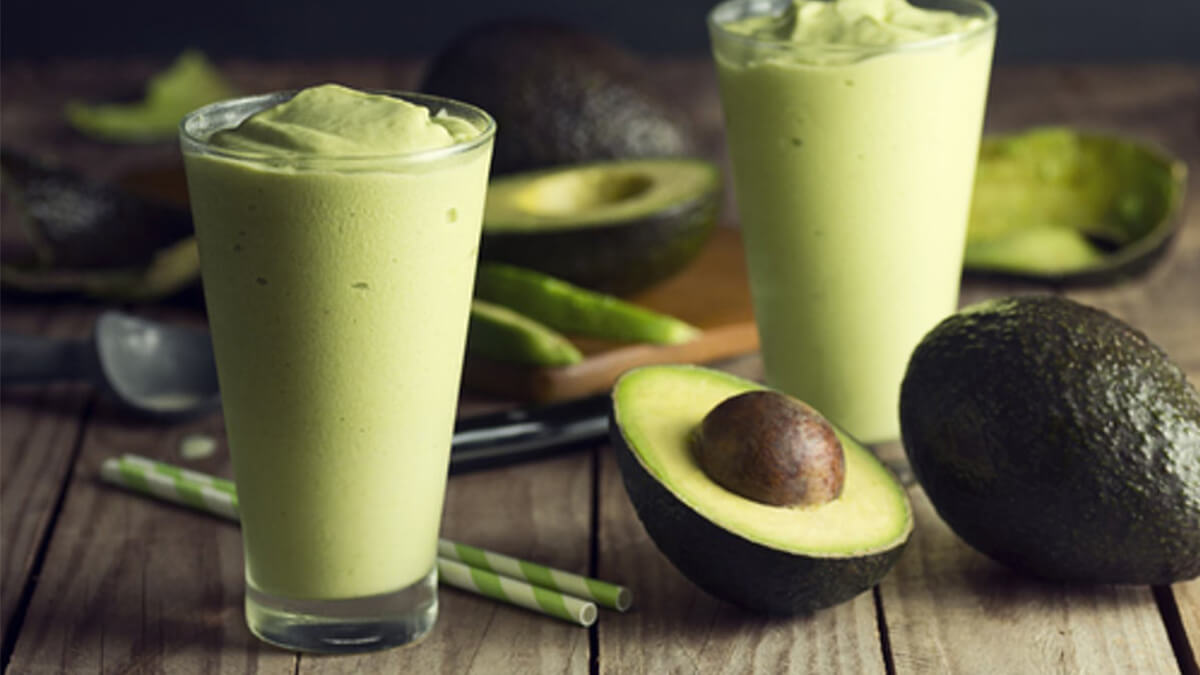
Avocado in the world
The avocado and its fame is increasingly reaching more sectors in the world, so its exponential growth is inevitable. This has caused it to monopolize a large amount of land in different countries in order to satisfy the global and local demand of each country.
Speaking specifically of Central America, our region, growth has been sustained in recent years that can be supported by these data:
An important data revealed that between 2018 and 2020 avocado exports from Central America rose from 2.8 million dollars to 11.9 million dollars.
During 2020, the exported value of this product by companies in the isthmus was $ 11.9 million. This reflects a growth of 10% compared to 2019, a year in which 10.9 million were registered in avocado exports.
However, there was a decrease in the volume of avocado exports from Central America, as there was a drop of 13.9%. That is, it went from 13,300 tons in 2019 to 11,4000 tons in 2020.
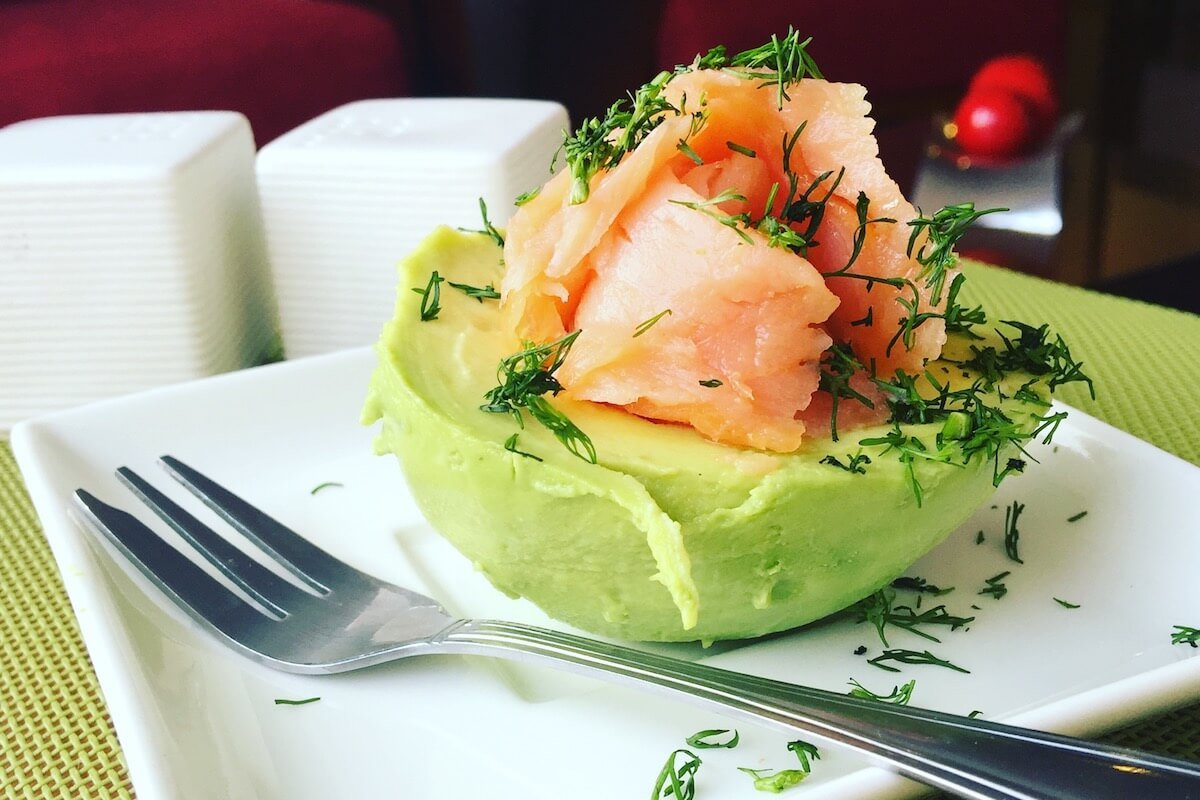
In 2020, Guatemala was positioned as the country that led sales with 7 million dollars, followed by Honduras, with 4 million, Costa Rica and Nicaragua, with 200,000 dollars each.
Central America Data reported that, during 2020, the Netherlands accounted for 24% of Central American avocado exports. The United Kingdom concentrated 11%, while Canada and Chile 1%, respectively.
The frozen avocado export sector is growing due to the different factors that fresh avocado presents and which we will see later.
Environmental Impact of Avocado
The well-known “green gold” is one of the most desired fruits in the world, but at the same time it demands more resources to be able to grow.
One hectare of avocado with 156 trees consumes 1.6 times more than a forest with 677 trees per hectare. Since their roots are quite horizontal, when avocado trees are watered, the flow through the preferential infiltration is less, which makes it difficult for the water to seep into the subsoil; 14 times less compared to pine.
A study by Carbon Footprint Ltd states that a small package with two avocados generates an emissions footprint of 846.36 g of CO2, almost double that of a kilo of bananas (480 g of CO2) and three times the size of a cappuccino large with normal cow’s milk (235 g CO2).
In terms of water consumption, 2,000 liters of water are needed to produce a kilogram of avocados. A figure that, according to the Water Footprint Network, is four times what oranges and 10 times tomatoes need.
If these water needs are combined with a dry area, it is easy to guess the consequences: there is water for profitable avocado plantations, but not for the population of this province, who see how many producers illegally appropriate water from rivers and natural aquifers. .
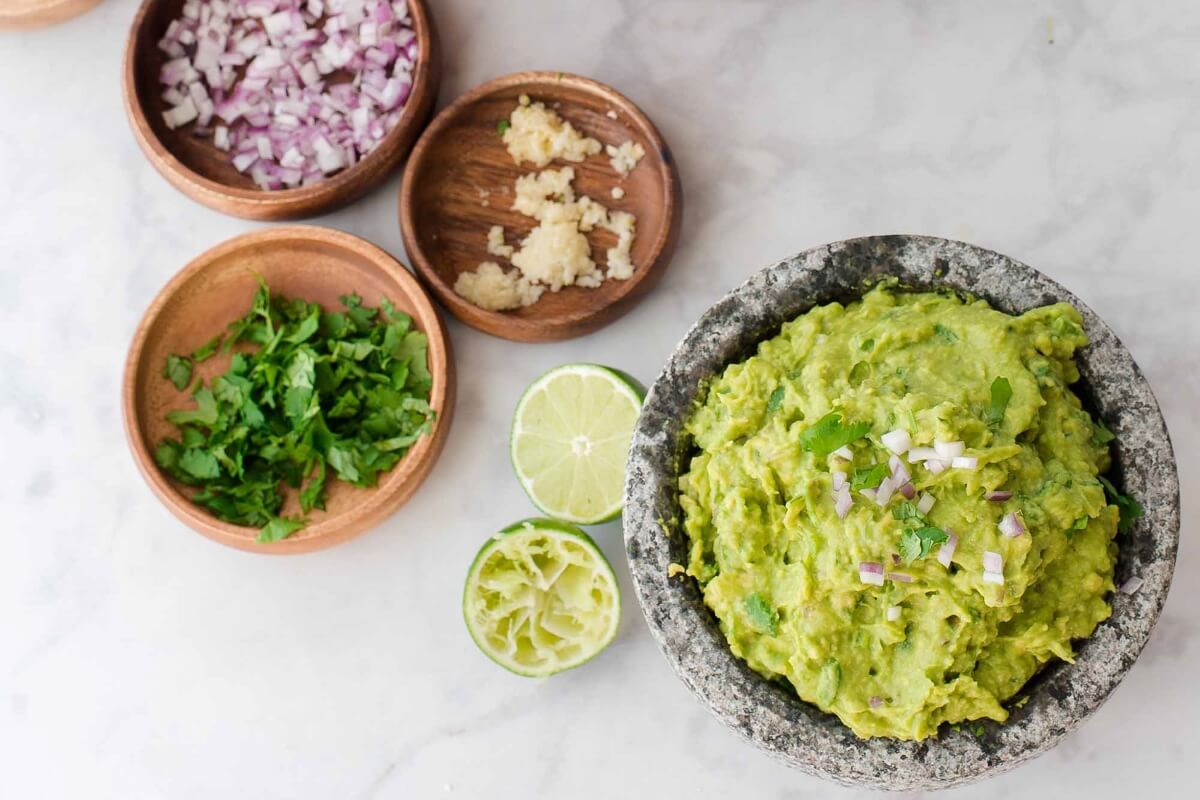
Frozen Avocado
Due to the growing demand and the environmental impact that this fruit can have, it is necessary to find a solution to avoid wasting resources and food.
All fruit needs resources such as water, labor, time, electricity and many additional resources that, if not used, is more than just throwing a fruit in the trash.
Exports of frozen avocado have increased precisely for these reasons. Knowing that a frozen food can have a shelf life of up to 2 years, why not look for an option for one of the most complicated fruits in terms of ripening, handling and storage.
Some advantages of having frozen avocado are the shelf life it has, the easy storage, the elimination of waste by avoiding the fruit from ripening, and the availability of the fruit all year round.
Now like all traditional freezing, it has its disadvantages that are clearly reflected when defrosted and the loss of texture, flavor, odors and organoleptic properties from when it was fresh is noticeable. This is the main reason why people continue to search for the fresh alternative despite the difficulties it presents.
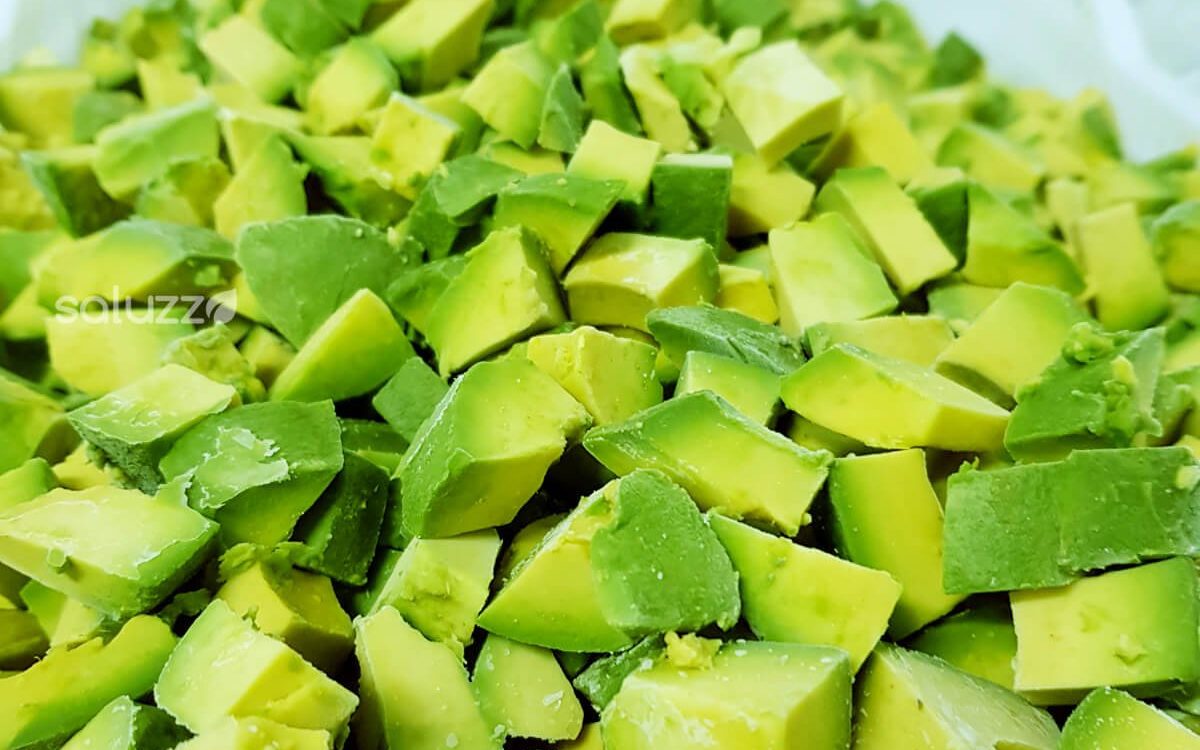
As an alternative to this, the Prime Freezing System is a system that allows combining the best characteristics of the world of fresh and frozen, thus finding a unique solution. This means, it is a frozen fruit but that, when defrosted, maintains its properties as if it were fresh.
As simple as having frozen avocado in the freezer, defrosting what is going to be consumed, and enjoying avocado as if it were fresh. This solution allows us to bring avocado to all parts of the world with the best possible quality. No headaches from fruit spoiling, and no headaches from having tasteless frozen avocado when defrosting.
Avocado in Costa Rica
In Costa Rica, avocado production has focused mainly on two production poles, the Los Santos Zone (León Cortés, Tarrazú and Dota) and Frailes de Desamparados with the hass variety, and the Bajura Zone where the central Pacific stands out. (San Mateo, Esparza and Orotina) with the Antillanas varieties.
The avocado in Costa Rica has begun to grow hand in hand with the growing global and local demand for the fruit, which is why it is a fruit that in a few years will be a star product for the country. With a large number of varieties, the seasons can vary from February to the end of the year depending on what you are looking for.
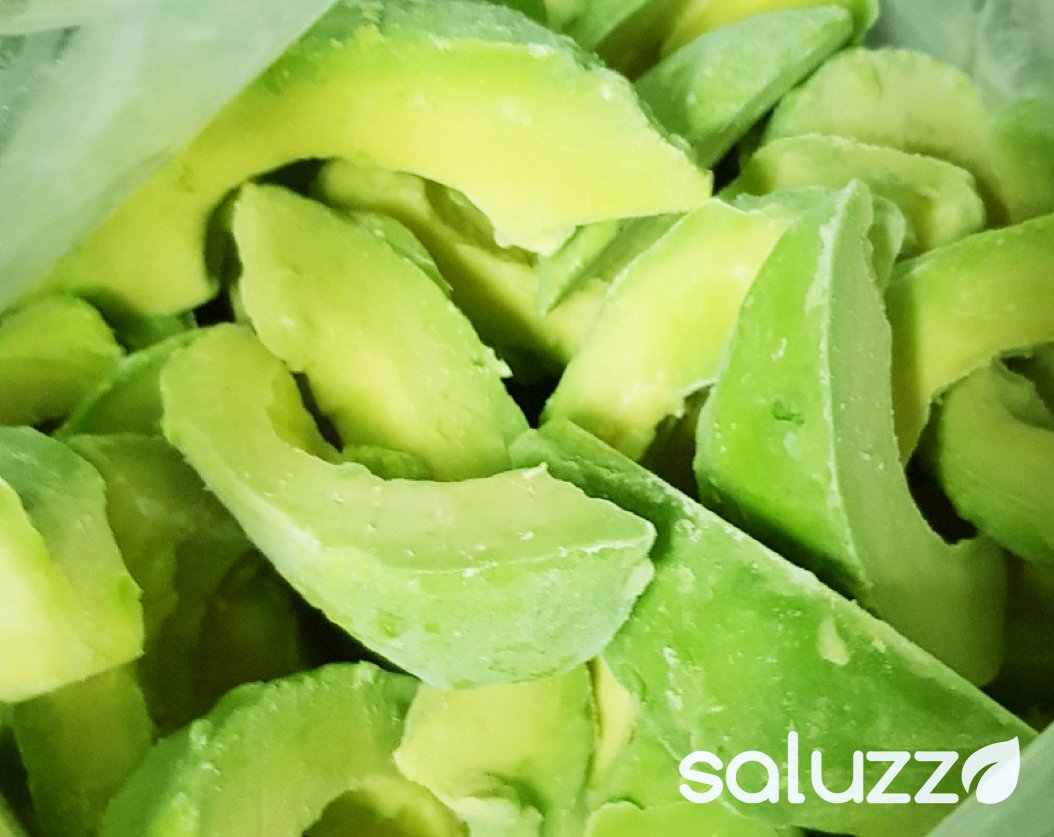
The Hass avocado season, for example, runs from late May and early June to December. It is a wide window of half a year that each year must be better used, in addition to the fact that more and more fruit is being harvested for local consumption and exporting quality fruit from Costa Rica.
This is why frozen avocado exports in Costa Rica are an opportunity for companies with the ability to study this fruit and take advantage of the harvests that the country is beginning to have.

